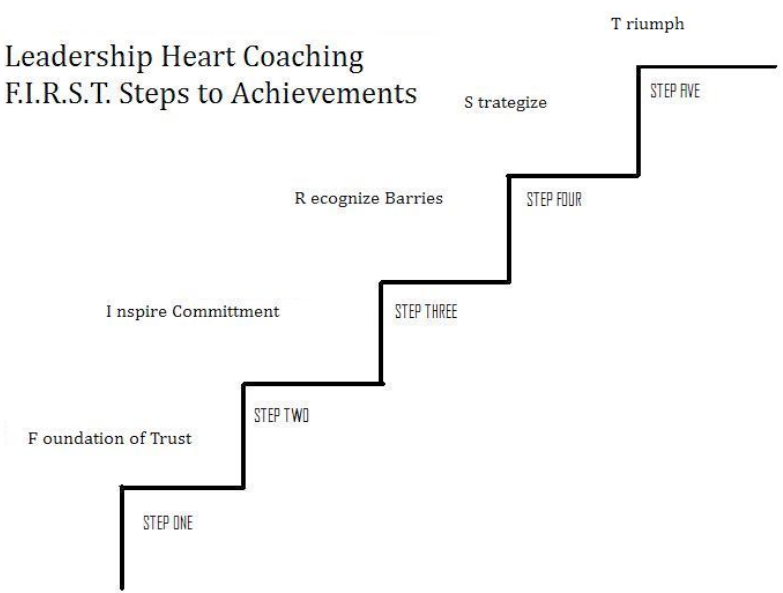A Coaching Model Created by William Benoist
(Career Coach, UNITED STATES)
 The principles of Leadership Heart Coaching are based upon true self-awareness emanating from a thorough understanding of underlying beliefs. Underlying beliefs no longer working for the client may have foundations based upon biological, psychological, or a psychosocial nature. These beliefs may also be based upon early environmental structures like family, culture, or various social institutions.
The principles of Leadership Heart Coaching are based upon true self-awareness emanating from a thorough understanding of underlying beliefs. Underlying beliefs no longer working for the client may have foundations based upon biological, psychological, or a psychosocial nature. These beliefs may also be based upon early environmental structures like family, culture, or various social institutions.
My role as a coach is to work with the client to examine the obstacles and challenges faced in his or her life or career from these multi-dimensional perspectives. Sometimes the client is too close to the tree to see the forest and with my help the client learns to step away and see the bigger picture. Although the client sets the agenda, as a coach I follow a five step process throughout the coaching relationship. I refer to this process as F.I.R.S.T. steps.
Foundation of trust is the first step in the coaching process. During the first couple of sessions a partnership is forged with the client. During these sessions we begin to learn about one another and share personal aspects of our lives that may be unknown but appropriate to share. This is a time where personal motivations and passions are discussed by both of us. During the first session, I also discuss the International Coaching Federations guidelines concerning confidentiality and privacy. Last updated 26/02/2012 3 Inspire commitment is the second step in the coaching process. For commitment to work, the client must discover what his or her intrinsic motivators are. Motivation must come from within and this is the stage in which values are explored. I have several assessment tools a client may use to help identity core values. I have found once the client begins to realize when actions are aligned with core values then commitment is more easily obtained.
Recognize a barrier is the third step in the coaching process. Barriers are often the result of underlying beliefs formed during formative stages in our lives. Although the underlying beliefs may have worked for us at one time, these same beliefs may now be prohibiting us from creating the structures needed to ensure success. During this step of the coaching process, barriers are examined from biological, psychological, and psychosocial perspectives. If the client finds the underlying belief is no longer working, we begin the process of replacing with one that does support the structure. Strategize is the fourth step in the coaching process. During the coaching session, I work with my clients to help them identify their strengths. I have several tools I use during this stage of the relationship, one of which is the Strength Finder Assessment. Once a client discovers what his or her strengths are, the path to fulfillment of dreams becomes much more enlightened.
Triumph may be the final step in the coaching process but the reflection of progress is positively reinforced whenever movement is made in the desired direction of the client. Many of us are taught to be humble in our accomplishments but as a coach I encourage my clients to recognize their wins. Celebrating movement in desired direction not only provides reinforcement but is also good for the body and spirit.
Everyone has dreams and a desire to accomplish these dreams can be both a personal and professional fulfillment. Dreams can be as simple as making more quality time for family, but dreams can also be as grand as our imagination allows. Unfortunately, many of us have forgotten how to imagine. That’s where my coaching practice comes in. Using F.I.R.S.T. steps, I help people remember how to imagine and together we work to unlock those hidden dreams